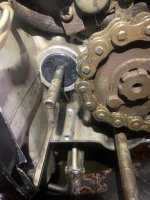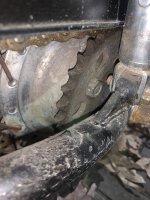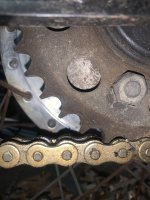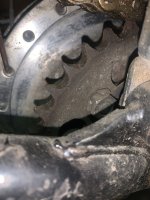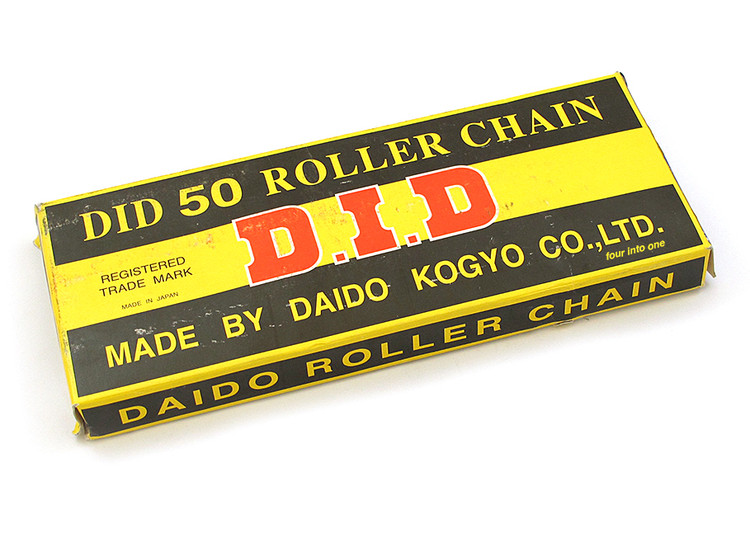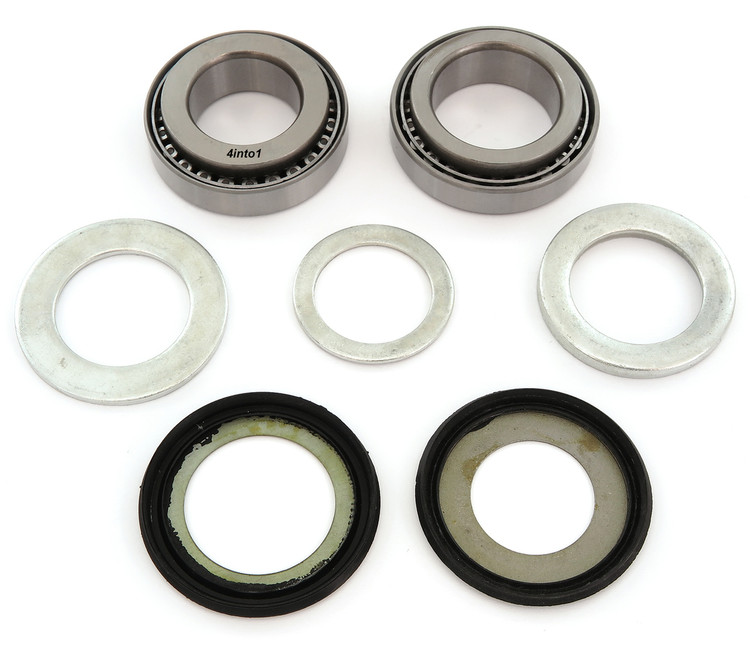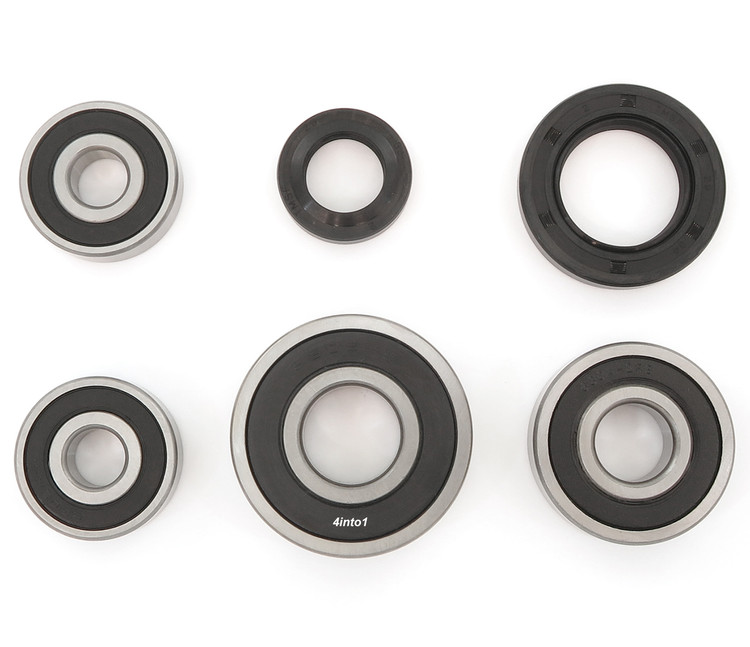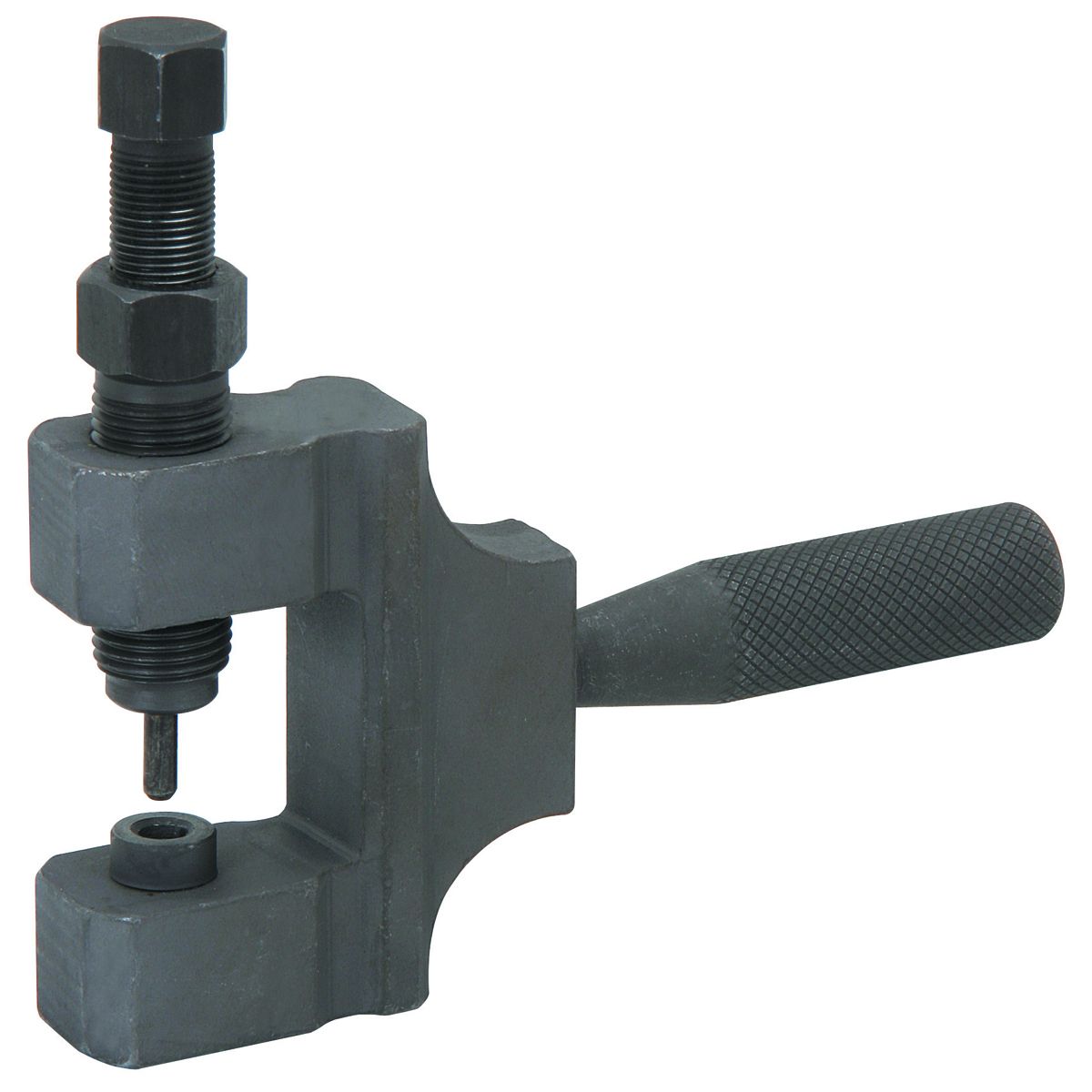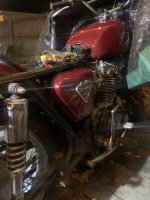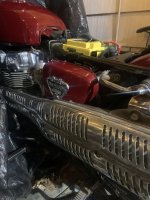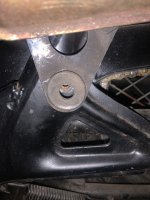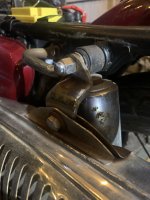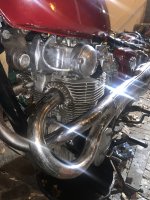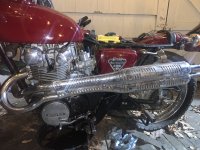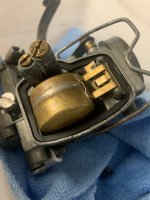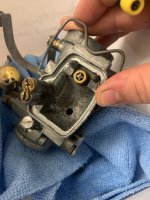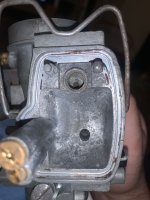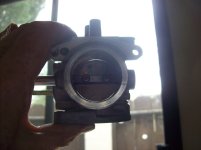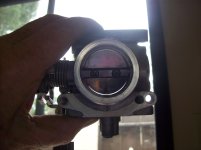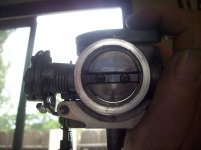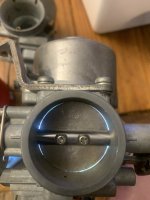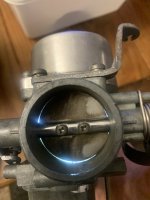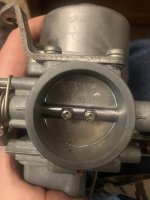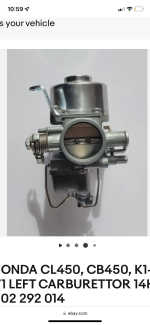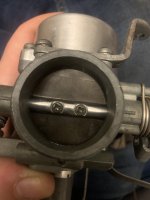Also, the side view of your rear sprocket is mostly of the sprocket with the chain on it, useless to see how the teeth look and the frontal view is not close enough. Need one closer to the swingarm directly from the side but showing the forward portion of the rear sprocket below the swingarm. And up close please, because your pictures do not enlarge much for whatever reason (I'm guessing iPhone). It looks like the rear sprocket is usable (mine is still original with 17,000 miles on it) but since you'll be replacing the chain and front sprocket together, you don't want to do that on a worn rear sprocket or the chain won't last as long.
And yes, Hondabond is fine for the seal outer body. Didn't expect you to have it because if the surfaces were clean enough for the cam bearing gaskets you wouldn't have needed any sealer, and if you used it on the gasket replacement (with few pictures during that process so I can't say) I certainly hope you didn't use a lot of it, those are critical areas for oil flow. I realize you probably don't know for sure what to show us and what isn't important, and please don't take this the wrong way, but since your experience is limited you should really show us everything that is happening so we can help you catch a problem before one happens.
And yes, Hondabond is fine for the seal outer body. Didn't expect you to have it because if the surfaces were clean enough for the cam bearing gaskets you wouldn't have needed any sealer, and if you used it on the gasket replacement (with few pictures during that process so I can't say) I certainly hope you didn't use a lot of it, those are critical areas for oil flow. I realize you probably don't know for sure what to show us and what isn't important, and please don't take this the wrong way, but since your experience is limited you should really show us everything that is happening so we can help you catch a problem before one happens.


